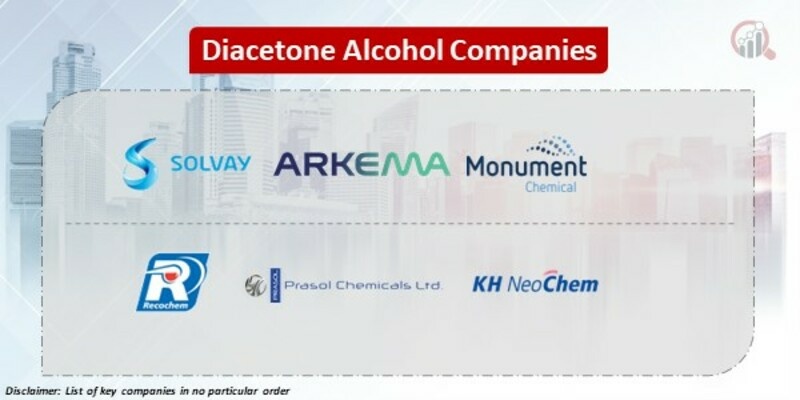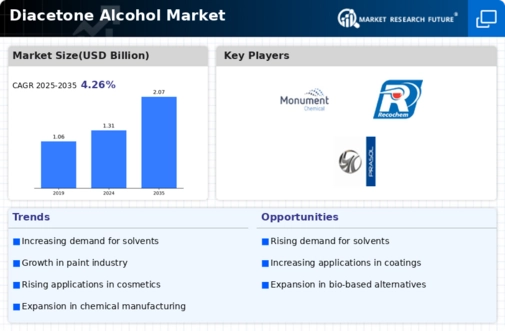Top Industry Leaders in the Diacetone Alcohol Market

Diacetone Alcohol Market
October 2023- Arkema has recently announced a partnership with market players such as HP, HP, and EOS to keep on providing users with high-performance, more sustainable additive manufacturing. This is mainly true of its bio-sourced Rilsan® Polyamide 11, for which the company lately disclosed a further lowering in the carbon footprint of all its grades across the world. The step shows a development of nearly 70% in comparison with the conventional polyamide resins generated with fossil-based raw materials and conventional energy sources. One of the prime 3D printing industry players, HP, has announced a partnership with Arkema to introduce HP 3D High Reusability PA12S allowed by Arkema. The latest polyamide 12 powder produced for HP Multi Jet Fusion technology is developed to produce functional elements across several industry sectors.
October 2023- Arkema has announced the start of the manufacturing of Sartomer® specialty UV/LED curing resins at its developed plant in Nansha, China. The company had announced the investment to double the capacity in late 2021. The investment will back the development of more sustainable solutions for rapidly expanding application areas in Asian markets, such as cutting-edge solutions in electronics caused by the emergence of 5G technology and renewable energies. The Nansha capacity development uses the latest procedures and production specifications. The complete facility has an energy efficiency program and focuses on carbon-neutral growth through green electricity purchasing and the installation of solar panels.
Major players in the Diacetone Alcohol market, including Solvay S.A (Belgium), Arkema Group (France), Monument Chemical Inc. (U.S.), Recochem Inc. (Canada), Prasol Chemicals Pvt. Ltd. (India), KH Neochem Co. Ltd. (Japan), and others










